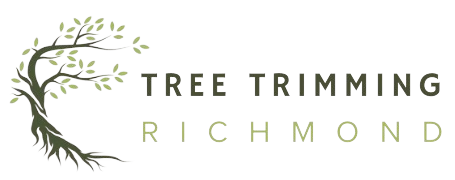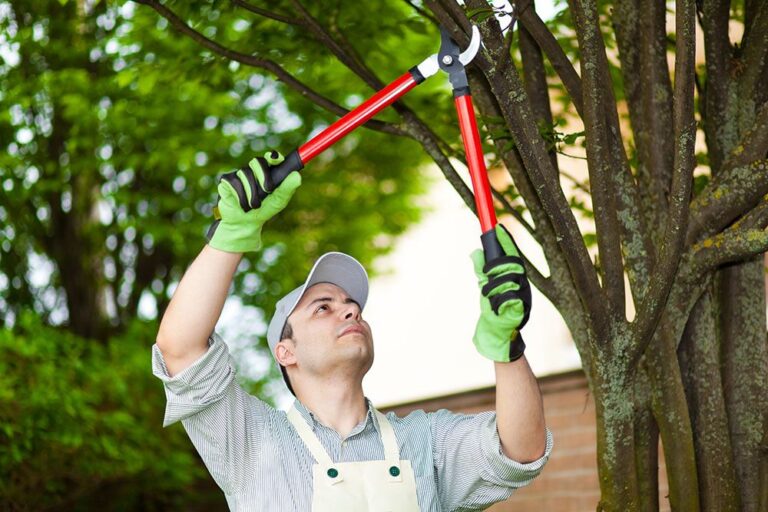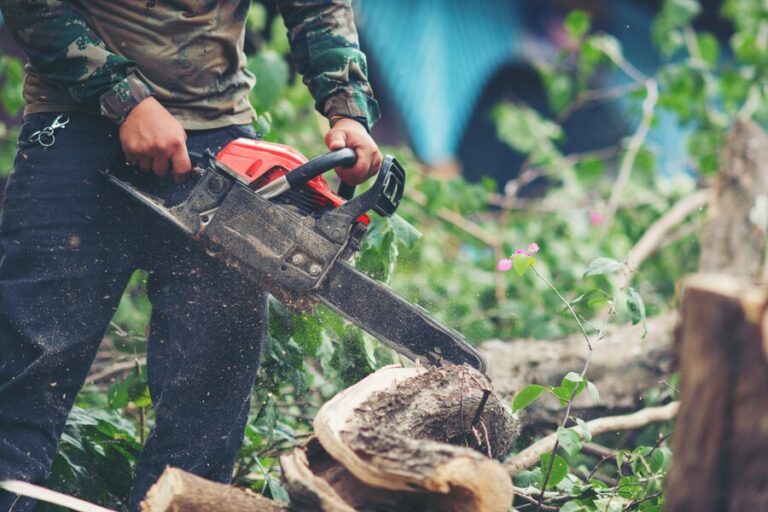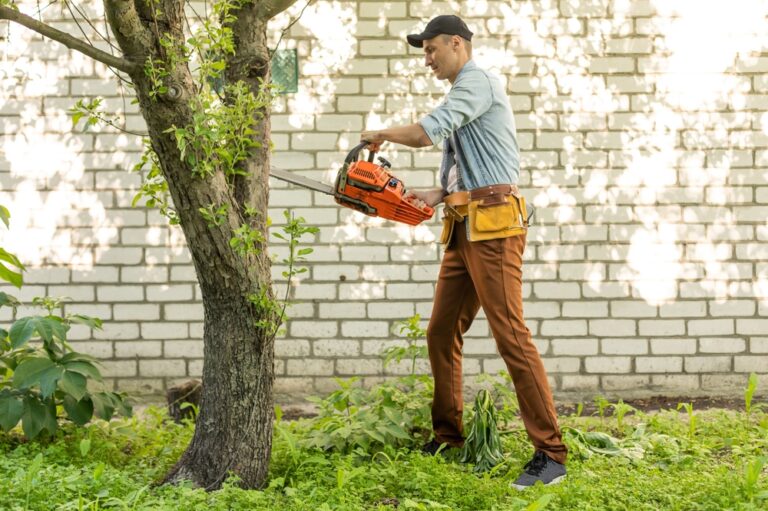Whether it’s for landscaping requirements, disease, or safety concerns, Richmond, Virginia homeowners sometimes find tree removal absolutely essential. While trees provide shade and natural beauty, a dead or damaged tree can rapidly pose a hazard to people and property. Unfortunately, professional tree removal can be costly, which makes many homeowners question how they might properly control these costs. This article provides comprehensive, budget-friendly tree removal in Richmond, VA, while maintaining the safety and beauty of your property.
1. DIY Tree Removal: Advantages and Disadvantages
Many people find that working on tree removal on their own seems like a terrific approach to save money. But do-it-yourself tree removal presents both benefits and drawbacks that should be carefully considered.
Advantages of DIY Tree Removal
The economic savings are the most clear benefit of taking down a tree personally. Expert tree removal companies bill for knowledge, tools, and labor. Doing it yourself will help you avoid these expenses, particularly for minor trees or branches that present no major problems. You will save even more if you already have tools including a chainsaw, ladder, and pruning tools since you won’t be renting anything. Furthermore, do-it-yourself tree removal lets you be flexible; you can work on the project at your own speed without involving service provider coordination of schedules.
DIY tree removal makes one feel successful as well. Many homeowners find great satisfaction in getting involved in landscaping projects and assuming management of their property. For little chores like cutting a sapling or pruning branches, do-it-yourself can be a reasonable and gratifying approach to make the yard seem better.
Disadvantages and Safety Concerns
Do-it-yourself tree removal carries major hazards even with the possible savings. Particularly with relation to big trees or branches close to buildings or power lines, tree removal calls for certain methods and safety precautions. Without appropriate experience, you can run upon unanticipated problems such equipment breakdowns, instability, or falling branches. If managed improperly, falling trees or branches may seriously damage property or result in major injuries.
Professional tree removal businesses also make use of specialist tools not often accessible to homeowners: cranes, ropes, and wood chippers. Dealing with big trees without the appropriate tools raises your chance of damage. Given these elements, it is advisable to let experts handle big or complicated tree removal since they possess the instruments and knowledge required to finish the work effectively and safely.
When to Hire a Professional
Hiring a professional is crucial whether you are handling a big tree, one next to a power line, or one leaning toward a building. Professionals lower the risk of property damage or injury by handling demanding circumstances with safety. Professional tree removal businesses also have insurance, thereby providing you further security should something go wrong during the removal process.
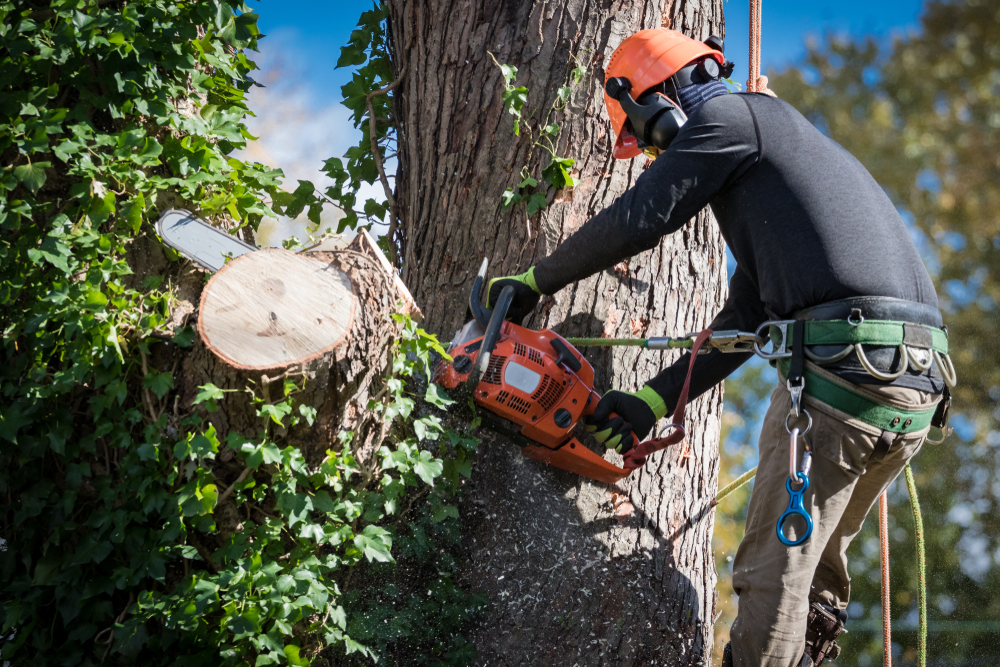
2. Compare Quotes and Negotiate Prices
The firm, the type of tree, and the difficulty of the removal will all affect the tree removal expenses. Before deciding on a tree removal company, be sure you compare quotes from several to guarantee you get a decent price.
Why Comparing Quotes Matters
Based on their experience, tools, and service philosophy, different tree removal firms could have different pricing policies. Comparing quotations from at least three firms will help you to better grasp the fair market rate for your particular tree removal job. This comparison might also highlight hidden expenses—such as disposal, stump grinding fees, or cleanup costs—that vary between companies.
Comparing prices helps you prevent paying too much for services in Richmond, Virginia, where service rates and cost of living frequently change. Knowing they are up against other area suppliers, tree removal businesses are also more inclined to grant discounts or negotiate their rates.
Negotiating for a Better Price
One useful instrument for lowering the expenses of tree removal is negotiation. Use several quotations you get to leverage a higher deal. Tell the businesses you are thinking about other choices; this could inspire them to present a competitive bargain.
If you require extra work like stump removal or trimming, inquire about service bundles. Since it lets them maximize their labor at one site, tree removal businesses are typically eager to offer savings for combined services. You might also be qualified for a reduced cost if the tree is easily reachable and requires no particular tools. Ask the service provider if they can provide any seasonal or one-time discounts; also, be open about your budget.
3. Schedule Tree Removal During Off-Season
The cost of your tree removal might be much influenced by the scheduling of it. Spring and summer, when landscaping and property improvement projects are most common, need most tree removal services. Still, deciding to take down your tree during the off-season—usually in the colder months—may result in significant savings.
Why Winter is the Best Time for Tree Removal
Usually inactive throughout the winter, trees have less sap and fewer leaves. This dormancy makes the tree lighter overall, which facilitates and quickens removal. Winter also usually gives easier access to the tree since leaves have dropped and less foliage is to negotiate. The easier removal method could let businesses provide a lower price.
Richmond, Virginia tree removal firms usually have less business in the winter months. Because businesses are more ready to fill their schedules with discounted jobs, the declining demand usually results in cheaper prices. Timing your tree removal during winter can also result in speedier service since businesses are more accessible.
Planning Ahead to Maximize Savings
Planning ahead for an off-season visit will help you lock in a better rate if you anticipate you will want tree removal. For example, waiting until winter to remove a tree that seems to be in decline could provide a more affordable solution even if it is currently stable. Some businesses even let you schedule appointments several months in advance, therefore ensuring an off-season pricing ahead of time.
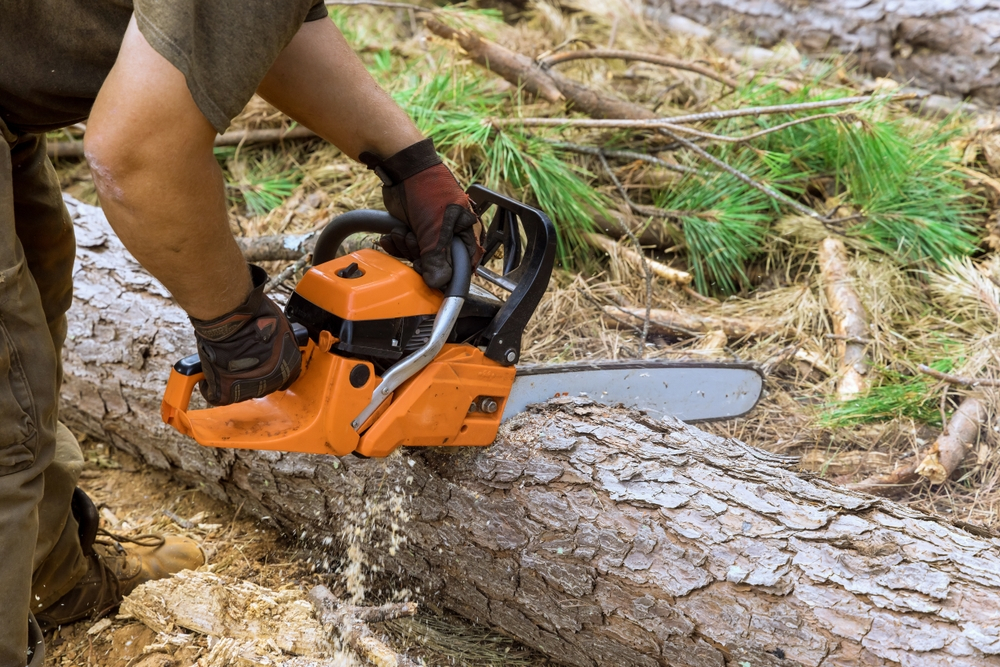
4. Repurpose the Wood from the Tree
Think about using the wood for other purposes around your house instead of just throwing away the tree upon removal. Affordable and environmentally beneficial, repurposing wood gives you supplies for useful purposes.
Using Wood for Firewood and DIY Projects
Using tree wood for firewood is one of the most often used applications. Especially in colder months, maintaining a consistent supply of firewood is both practical and affordable whether you have a fireplace or wood-burning heater. Many Richmond, Virginia residents respect this choice since it offers a different heating source and cuts waste.
Apart from firewood, tree wood finds application in many do-it-yourself applications. The type of tree will determine whether the wood should be used for furniture, garden borders, or perhaps decorative accents for your landscape. While smaller branches could be ideal for building things like birdhouses or rustic picture frames, big logs or stumps can be naturally occurring outdoor seating.
Discuss Repurposing with Your Tree Removal Company
If they may preserve the wood, some tree removal businesses may provide a discount since it saves them the expense of shipping and disposal of it. Ask a company whether they would be ready to negotiate the price in exchange for keeping the wood before you hire them. It’s worth asking even though not all businesses will be interested—especially for less-quality timber. Repurposing gives you resources you might use around your house and helps you avoid disposal costs.
5. Consider Partial Tree Removal
Not always is complete tree removal absolutely required. Especially if the tree is just partially damaged or has localized problems, partial removal can be a reasonably affordable option.
When Partial Tree Removal is Appropriate
If a tree simply has a few broken or dead branches, cutting those parts could be plenty. This method can lower risks, strengthen the tree’s condition, and preserve its look. Usually costing less than complete tree removal, partial removal is also less labor-intensive.
If a tree’s limbs are invading buildings or electrical lines, partial removal might be very helpful. Eliminating just the troublesome limbs will help to address safety issues and maintain the rest of the tree. Removing the afflicted sections of your tree will also help to stop the illness from spreading and enable the healthy sections to flourish.
Consulting a Professional Arborist
See a qualified arborist to find out if partial removal is a workable fix. Arborists can evaluate the condition of the tree, point up any structural flaws, and suggest the best course of action. Sometimes partial removal would not be sufficient to guarantee safety; in such circumstances a complete removal could be required. If the arborist approves, though, partial removal can be a sensible and affordable solution for preserving your property.

6. Look for Government Programs and Grants
Sometimes municipal governments or environmental groups offer grants or subsidies for tree removal. Often intended to solve particular problems, such removing dangerous plants or invading species, these initiatives are Investigating the several financial aid schemes will help you to cover the expenses of tree removal.
Understanding Local Grants and Programs
Usually with regard to the species of tree, its location, or the purpose for removal, government initiatives for tree removal have clear requirements. Richmond, Virginia, for instance might offer incentives for invasive species that could endanger local ecosystems or for trees that endanger public places. Review these criteria and apply for initiatives fit for your situation.
Senior citizens or low-income households may also be eligible for programs providing financial aid for necessary house upkeep. Even if these applications would call for more documentation, the possible savings could be really large.
Researching and Applying for Assistance
To find out about any current tree removal help initiatives, see the Richmond city website or your local government office. While some grants are open all year long and others have application deadlines, it’s crucial to budget accordingly. Though it takes effort, researching and using could be well worth it if you qualify for help.
Conclusion
Although Richmond, Virginia residents sometimes need trees removed, it’s not necessary to break the budget. Using the correct strategy can help you to save money while maintaining the appearance and safety of your house. These suggestions offer doable strategies to control tree removal expenses, from do-it-yourself tree removal to price comparison to off-season appointments to wood repurposing to partial removal to government help.
Following these low-cost techniques will help you to be ready to meet any tree removal requirements. Good planning and wise decisions can make a big impact and help you to keep your property attractive and safe without going overboard.
Tree Trimming Richmond
(804) 533-3943
https://treetrimmingrichmond.com/
